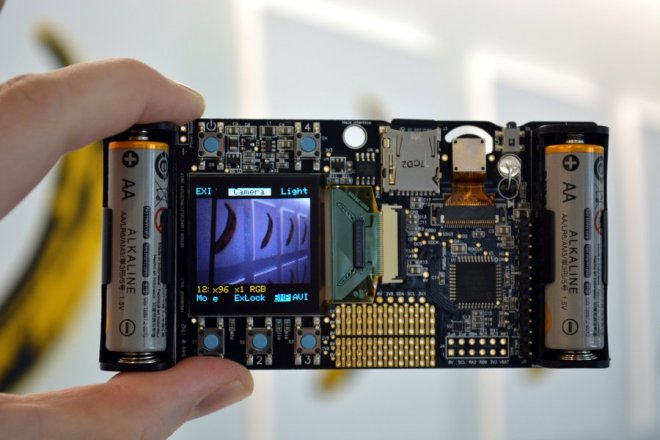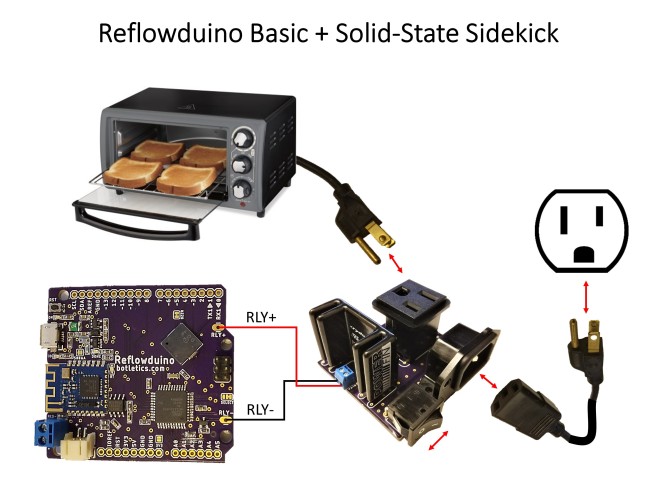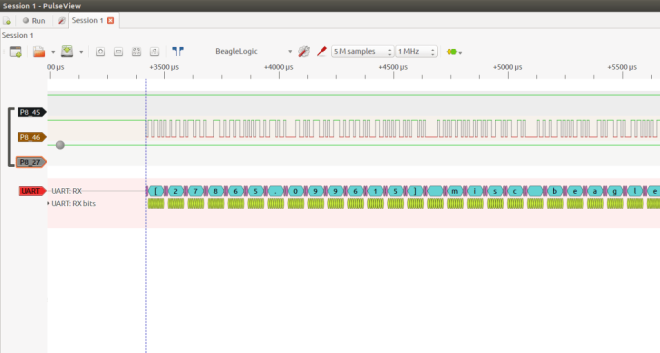The last challenge of The Hackaday Prize has ended. Over the past few months, we’ve gotten a sneak peek at over a thousand amazing projects, from Open Hardware to Human Computer Interfaces. This is a contest, though, and to decide the winner, we’re tapping some of the greats in the hardware world to judge these astonishing projects.
Below are just a preview of the judges in this year’s Hackaday Prize. In the next few weeks, we’ll be sending the judging sheets out to them, tallying the results, and in just under a month we’ll be announcing the winners of the Hackaday Prize at the Hackaday Superconference in Pasadena. This is not an event to be missed — not only are we going to hear some fantastic technical talks from the hardware greats, but we’re also going to see who will walk away with the Grand Prize of $50,000.
hackaday prize
Video Quick Bit: The Best In Human Computer Interfaces
We’re neck deep in the Hackaday Prize, and we just wrapped up the Human Computer Interface Challenge. This is an incredible contest to go beyond traditional mice and keyboards to find new ways to transfer your desires directly into a computer.
via Video Quick Bit: The Best In Human Computer Interfaces — Hackaday
Twenty Projects That Just Won the Human Computer Interface Challenge
The greatest hardware competition on the planet is going on right now. The Hackaday Prize is the Oscars of Open Hardware. It’s the Nobel Prize of building a thing. It’s the Fields Medal of firmware development, and simply making it to the finals grants you a knighthood in the upper echelon of hardware developers.
via Twenty Projects That Just Won the Human Computer Interface Challenge — Hackaday
This Is Your Last Chance To Design The Greatest Human Computer Interface
This is your last chance to get your project together for the Human Computer Interface Challenge in this year’s Hackaday Prize. We’re looking for innovative interfaces for humans to talk to machines or machines to talk to humans. These are projects that make technology more intuitive, more fun, and a more natural activity. This is your time to shine, and we’re accepting entries in the Human Computer Interface Challenge in this year’s Hackaday Prize until August 27th. This is your last weekend to work on your project, folks.
via This Is Your Last Chance To Design The Greatest Human Computer Interface
Tindie Seller Projects in The Robotics Module Challenge
From Bradley Ramsey on Tindie blog:
 Tindie Sellers Competing in the Hackaday Prize
Tindie Sellers Competing in the Hackaday Prize
The Robotics Module Challenge just wrapped up and last week we featured two of the twenty finalists who are also Tindie Sellers. Today let’s look at several other Tindie Sellers who got in the game with their own robotics module designs!
Tindie seller Citrus CNC Store is working on a low-cost automatic pick and place feeder and entered it into the robotics challenge. The pick and place machine is a valuable resource for building electronics.
The end goal here is to create a fully featured pick and place machine at a mid-range hobby 3D printer price point, with support for at least 20 automatic tape feeders and loop control of every motion related component. Check out this project on Hackaday.io.
Another Tindie seller who owns the proto-Phi Store is working on a modular design for a soft robotic gripper.
The design is for soft robotics fabrication and emphasizes the molds and subsequent actuators. The current method combines the softness of a silicone actuator and a 3D plastic exoskeleton.
Check out the project page for more details!
Supporting Our Tindie Sellers
These aren’t the only Tindie sellers participating in this year’s Hackaday Prize. Take a look at these other robotics projects from our talented makers:
- Morpheus 6DOF Robotic Arm – Adamjvr
- Nomadstep Modular Motor Controllers – Ulcek
- Compact Spectrometer – TleraCorp
- Airsoft Turret – ActualDragon
- Ares Modular PCB Robot – KitsForKids
- Xlidar Open Source LiDAR – JRodrigo
- Tote Robot Leg – Deshipu
Stay tuned for more updates on the finalists, and future modules in this year’s Hackaday Prize!
This Is Your Last Chance To Design The Greatest Robotics Modules
It’s Friday, and that means this is your last weekend to get your project together for the Robotics Module Challenge in this year’s Hackaday Prize. We’re looking for tools for robots that blow the doors off what is commercially available.
via This Is Your Last Chance To Design The Greatest Robotics Modules — Hackaday
2018 Hackaday Prize: Build Hope. Design the Future
Every year we are inspired by the projects entered into the Hackaday Prize, and we are excited that the 2018 Hackaday Prize season has begun:
This is our global engineering initiative with huge prizes for those hackers, designers, and engineers who want to use their skill and energy to build something that matters. This year, we challenge you to Build Hope. Show the world the amazing ways technology enriches humanity, and that its benefits can be shared by all. There is over $200,000 in cash prizes headed to the most interesting hardware builds of the year. With plenty of room for great ideas, the top 100 entries will each receive a $1,000 cash prize and continue …
Have you entered a project into 2018 Hackaday Prize?
2017 Hackaday Supercon: see you this weekend!
Kelly, Dan, Chris and Drew are excited to be traveling to Pasadena this weekend for Hackaday Supercon. Look for us in purple!
If you aren’t able to attend and still want to be able to hack on the badge, then you can order one from Tindie:
2017 Hackaday Superconference Badge
Reflowduino: Open Source Reflow Oven Controller
Dan Maloney writes on Hackaday about Timothy Woo’s Reflowduino:
Hackaday Prize Entry: Reflowduino, the Open Source Reflow Oven Controller
Face it — you want a reflow oven. Even the steadiest hands and best eyes only yield “meh” results with a manual iron on SMD boards, and forget about being able to scale up to production. But what controller should you use when you build your oven, and what features should it support? Don’t worry…
Dubbed the Reflowduino for obvious reasons, Timothy Woo’s Hackaday Prize entry has everything you need in a reflow oven controller, and a few things you never knew you needed.
BeagleLogic Standalone
Kumar Abhishek just announced on his blog a project that he has been working on the past four months:
Announcing: BeagleLogic Standalone
BeagleLogic Standalone is a specialized version of the BeagleBone which is intended to be used a logic analyzer based on BeagleLogic.
This logic analyzer has networking capabilities (10/100/1000Mbps Ethernet); it can be used to used to debug circuits remotely. And as it is a full-featured Linux computer, you can run the sigrok set of tools directly on the BeagleLogic Standalone board (they come preinstalled in the BeagleLogic system image), or on your host PC. It has 16 channels and can sample up to 1.5 seconds of data at the maximum sample rate, which is 100MSamples/sec (3 seconds of data if using only the first 8 channels).
I designed and 3D printed a snug fit “open” case for the BeagleLogic standalone board. I’ve written more about it in a Hackaday.io project log.
BeagleLogic Standalone is one of the 20 finalists in the Best Product round of the Hackaday Prize. The results are awaited on the 11th of November. It’s been a great journey taking BeagleLogic standalone from a concept to a prototype and giving a glimpse as to what it could be as a finished product and the experience I gained during the process is invaluable, and I wish to thank Hackaday for providing me with this opportunity.
If enough people sign up, I plan on organizing a group buy for BeagleLogic Standalone boards. If you want to get one, please do not hesitate and sign up here.
The documentation for the board is available at standalone.beaglelogic.net. You can also follow the project on Hackaday.io here.













